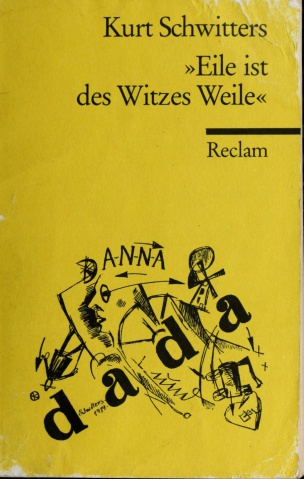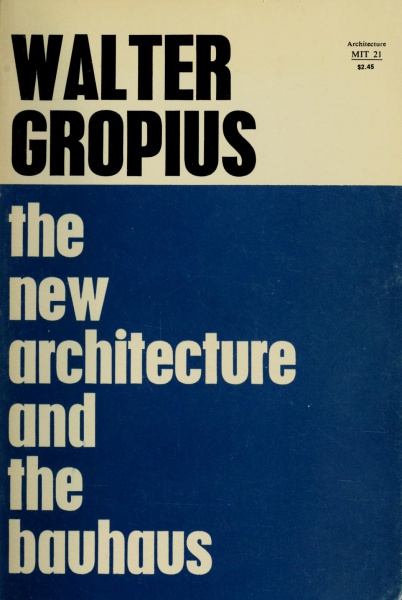Peter Bürger: Theory of the Avant-Garde (1974–) [DE, EN, ES, PT, CZ]
Filed under book | Tags: · 1920s, aesthetics, art, art criticism, art history, art system, art theory, avant-garde, collage, literary theory, literature, modernism

“In this volume, Peter Bürger formulates a theory of the ‘institution of art’. He argues that the social status of literature and art cannot be explained by making simple, direct links between the contents of individual works and social history. Rather, he holds, it is the social status of art, its function and prestige in society, that provides the connection between the individual art work and history. Bürger’s concept of the institution of art establishes a framework within which a work of art is both produced and received.
The French and German literary and visual avant-garde of the 1920s provides the test of Bürger’s theory. Focusing on the role of the artistic manifesto and, particularly, on the collage as an art form, he shows how avant-garde movements questioned the autonomous, self-referential status of art in bourgeois society and thus represented a radical break with the aestheticism of high modernism. Bürger attacks metaphysical aesthetics and argues instead for a materialistic aesthetic theory for today, one that is rooted in the reality of the social sphere. His theory calls into question any conventional concept of art derived from Romantic notions of organic unity.
Theory of the Avant-Garde provoked such discussion in Germany that its publisher, Suhrkamp Verlag, issued a book of responses that was more than twice the size of Bürger’s own book.” (from the back cover)
German edition
Publisher Suhrkamp, Frankfurt am Main, 1974
Second edition, 1993
147 pages
English edition
Translated by Michael Shaw
Foreword by Jochen Schulte-Sasse
Publisher University of Minnesota Press, 1984
Theory of History and Literature series, 4
ISBN 0816610673
134 pages
Reviews: Benjamin Buchloh (Art in America, 1984), Leah Ulansey (MLN, 1984), Daglind Sonolet (Telos, 1984), Michael T. Jones (German Quarterly, 1986), Martin Vrba (A2, 2016, CZ).
Publisher (DE)
Publisher (EN)
Publisher (CZ)
Theorie der Avantgarde (German, 2nd ed., 1974/1993, updated on 2020-10-13)
Theory of the Avant-Garde (English, 1984, assembled from various sources, no OCR, updated to full version on 2014-5-12 via Charles, updated to OCR version on 2016-1-23 via a2, 12 MB)
Teoría de la vanguardia (Spanish, trans. Jorge García, 1987), 3rd edition (2000, 51 MB)
Teoria da vanguarda (Portuguese, trans. Ernesto Sampaio, 1993)
Teorie avantgardy (Czech, trans. Václav Magid, 2015, added on 2020-4-5)
See also Bürger’s essay Avant-Garde and Neo-Avant-Garde: An Attempt to Answer Certain Critics of Theory of the Avant-Garde, 2010.
Comments (4)Kurt Schwitters: “Eile ist des Witzes Weile”: eine Auswahl aus den Texten (1987) [German]
Filed under book | Tags: · art, avant-garde, dada, literature, poetry

A wide-ranging collection of poems, prose, manifestos and autobiographical texts by Kurt Schwitters. Several texts in English.
Edited by Christina Weiss and Karl Riha
Publisher Philipp Reclam jun., Stuttgart, 1987
ISBN 3150083923
160 pages
PDF (21 MB, no OCR)
Comment (0)Walter Gropius: The New Architecture and the Bauhaus (1935/1965)
Filed under book | Tags: · architecture, art, avant-garde, bauhaus, design

In this short book, first published one year after his emigration to England, Gropius presents the ideas of the Bauhaus, which had been closed and banned in Germany, to an Anglo-Saxon and American audience. The book contributed considerably to Gropius’ rise to a celebrated architect – particularly in the US – and introduced the Bauhaus to America. “When he came to Harvard in 1937, he did refer to the exemplary American building industry, which had no equal, but he also pointed out that he did not want to teach Americans what American architecture should look like, and that he most certainly did not want to introduce a European style. This was exactly what he attempted and finally did, of course, as he believed that architecture had to express the forces of the present time like the members of the Neues Bauen [New Building] with himself at their head had shown in the 1920s.” (Nerdinger). This volume, in which the architect looks back on his work in Weimar and Dessau, reveals the foundations of the self-confidence expressed here.
Translated by P. Morton Shand from the German manuscript entitled Die neue Architektur und das Bauhaus. Grundzüge und Entwicklung einer Konzeption
With an Introduction by Frank Pick
First published by Faber and Faber, London, 1935
Publisher The MIT Press, 1965
ISBN 0262570068
112 pages
Review: Herbert Read (Scrutiny, 1935)
PDF (4 MB, updated on 2019-9-13)
Comment (0)
